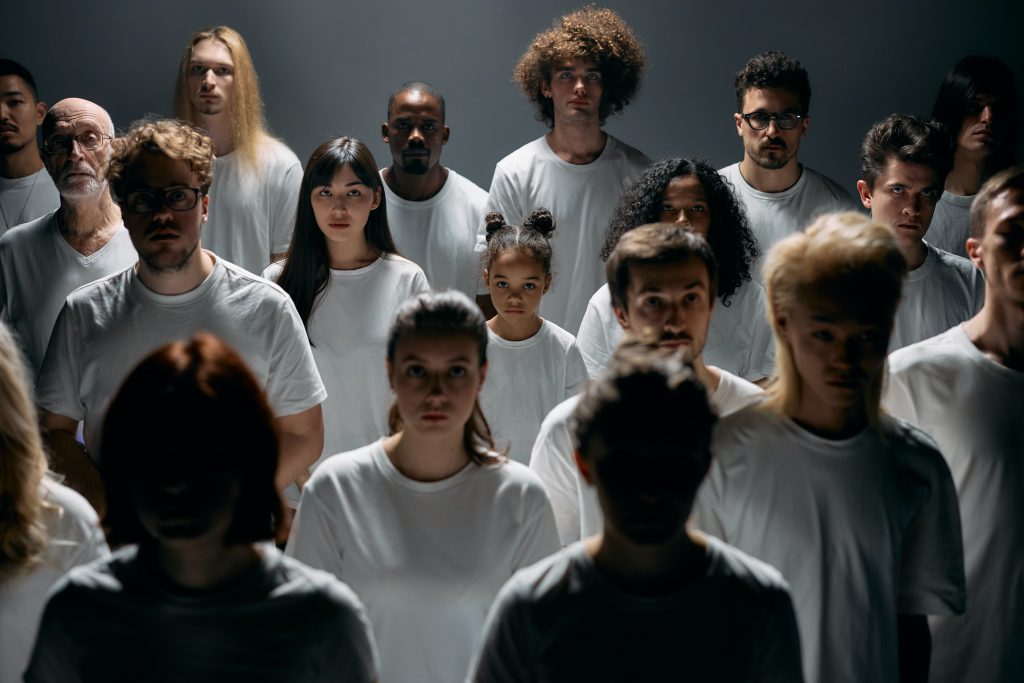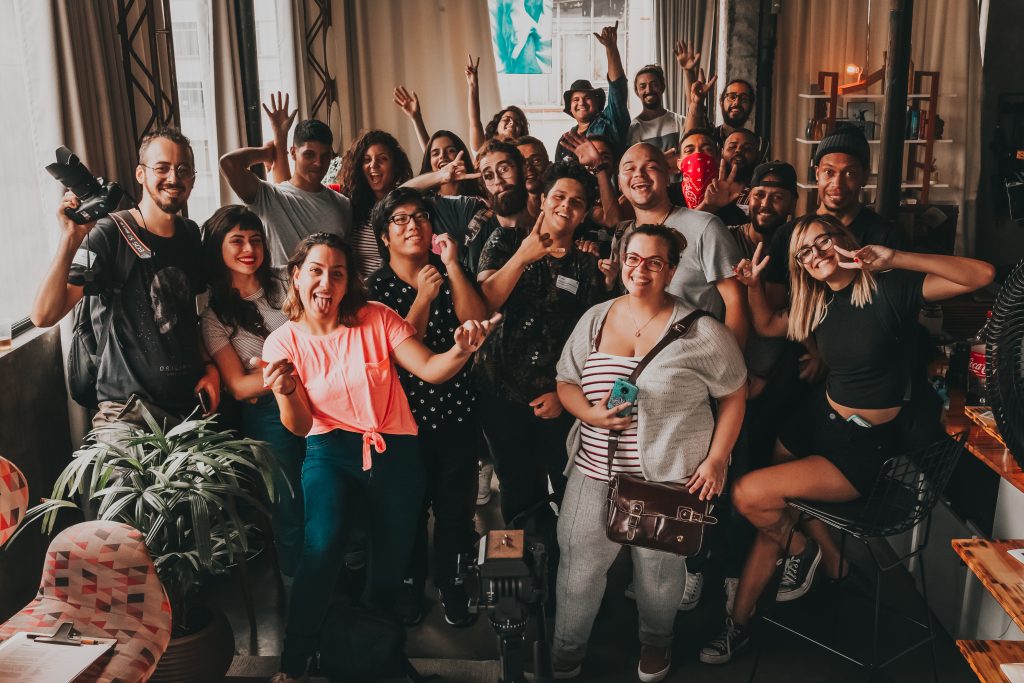Module 3: Developing Your Intercultural Skills
Building Relationships
As you were growing up, how did you make friends? What rules do you know about making acquaintances? Is it easy for you to call someone a friend, or does it take a long time? Where and how do you meet people? Is it easy for you to strike up a conversation with a stranger? Do you prefer to have a reason to chat with others? Why is it important to build relationships?
Now think about what it is like to make friends across cultures. Does everyone follow the same rules? Can you have the same expectations and approaches to friendship? In successful intercultural interactions, people make some accommodations to facilitate communication and build relationships; why is it worth making an effort?
Karen Krumrey-Fulks (2020) observes that “the benefits of intercultural relationships span differences in gender, age, ethnicity, race, class, nationality, religion, and much more. The moment you begin an intercultural relationship is the moment you begin to learn more about the world”. Building relationships goes beyond interpersonal benefits because it encourages tolerance in society while also motivating people to try to understand themselves better and pause before judging other people who seem different to them.
Activity: Unexpected Connections
Watch the video Das Experiment (2020) (4’08”) about a social experiment in Germany and imagine yourself amongst the people in the group. In which cases would you walk to the front? Would you have guessed you had a connection with the rest of the group? Why? Why not?
Do not forget to click on the CC button for English subtitles.

The following statements are related to building intercultural relationships. Decide whether the statements are true or false and consider what you have learned so far in terms of intercultural competence as well as your own experience, and what you know about interacting across cultures. Some information in this activity is adapted from Thompson / Revilla in About Intercultural Friendship.

TakeAway Points
- It is easy to make friends with someone who is very similar to you who shares the same background and worldview, but you might not learn as much about what is happening in the world or within your own community if you do not start connecting with someone who sees things in a different way, or whose experience is different from yours (e.g., racialized individuals, immigrants across different countries, people from a different part of town, and so on).
- You cannot assume that someone who seems different does not share any ways of thinking, doing, or being with you. You may even be surprised to find more things in common with someone from another culture. Commonalities are found in value orientations, ways of thinking, preferences and activities, as well as in experiences of hardship, approaches to work, attitudes towards global and local issues, and so on.
- If we do not invest in building relationships, not only to feel close to people, but to also learn from each other and to see things in a way we had not considered, we ignore everyone’s history and how our attitudes, behaviours, and decisions affect each other.
- Choosing to engage with others decreases feelings of isolation and segregation. You can engage while at work, studying abroad, working in a team, with your neighbours, teachers, members of your family, your friends, and virtually anyone else. Choosing to engage has a ripple effect in society and positively affects our relationships with cultural others.
Try these strategies
- Join (or start) a group at the university or your workplace and attend events celebrating another culture whenever possible.
- Start a conversation with a classmate or workmate whom you think is from a different cultural group (Canadian or international).
- Reach out to people you may know and with whom you do not normally spend a lot of time.
- Talk to people when you are at a café, do not just stare at your phone. Be present in your surroundings instead of limiting yourself to living in a virtual space.
- For an example of how it looks to connect with someone with whom you do not share the same perspectives, watch this video.
- Note: Although the video Heineken Worlds Apart (5’22”) promotes having a chat over a drink, it is a great example of how we can approach difference.
In addition to the above, once you have started connecting with others, here are 10 steps you can take to build relationships:
- Demonstrate an interest in other people. Try to learn to pronounce their name correctly, the effort goes a long way.
- Examine your biases and stereotypes.
- Read about other people’s culture and history.
- Ask others about their cultures, customs, and views, but do not treat them like encyclopedias; focus on connecting with them.
- Listen to others tell their stories, whether in conversation or via postings on social media (as you interact, remember the difference between cultural and individual perspectives).
- Notice differences in communication styles and values.
- Check your understanding of what people are trying to communicate with you and be patient if English is not their first language.
- Be ready to adapt your behaviour without expecting that others will be adapting to you.
- Do not be afraid to apologize; it is okay to make mistakes. What matters is what you do after that.
- Learn to create a culture of belonging and be a support for racialized individuals whether they are peers, friends, relatives, acquaintances, or even people you do not know.

